Pick delicious crisp apples from your own Garden of Eden!
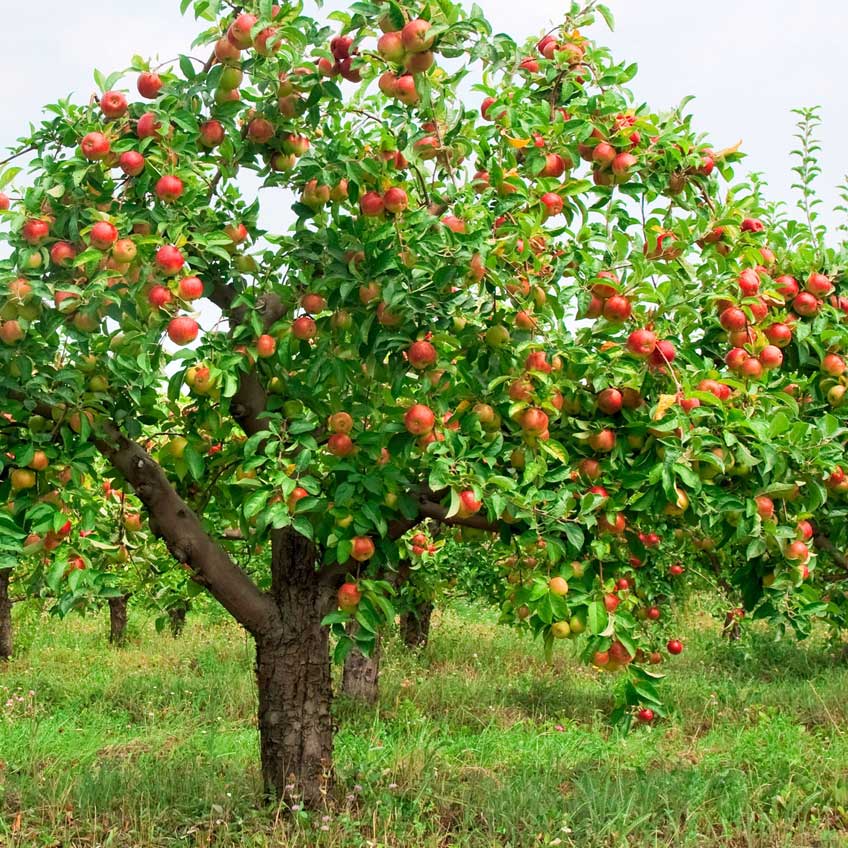
Apples are commonly grown in Victoria, Tasmania and cooler areas of western Australia, South Australia and New South Wales, and are becoming easier to grow due to improved disease resistance.
With smaller cultivars on the market they now fit into our backyards, and in some cases will even thrive in containers. So if you’ve been tempted to grow
your own, follow our tips for success.
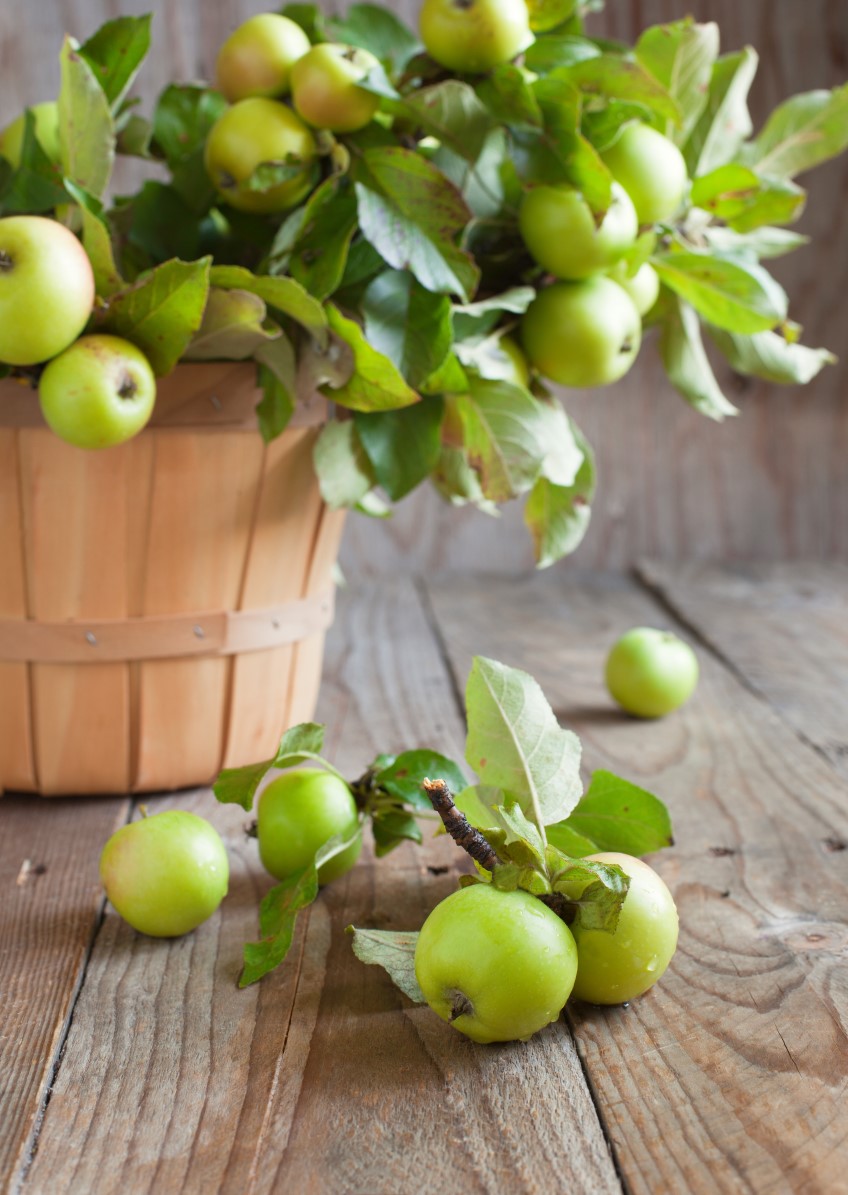
Photo - AnjelikaGr/Shutterstock.com
Soil
The soil requirements depend on the rootstock the variety is grafted onto. Dwarf rootstocks require fertile and well draining soils. Larger growing apples
with more vigorous rootstocks, which are more suited to large gardens and orchards, are better in heavier clay soils.
Position
Sunny sheltered positions are best. The ultimate tree size again depends on what rootstock the variety is grafted onto, the site, the pruning of the tree
and how you train your tree. Dwarf trees, which I recommend for most gardens, grow to 1.5m while other apples can reach 6m.
Growing guide
Apples generally grow best in temperate areas, though varieties with low chill requirements need a cold temperate climate. Support the tree with a stake
or frame. Thin fruit out in late spring/ early summer. Apples will be pollinated by nearby apple and crabapple trees. They can take 3-4 years to fruit.
A dwarf tree on dwarf rootstock will fruit within 2 years.
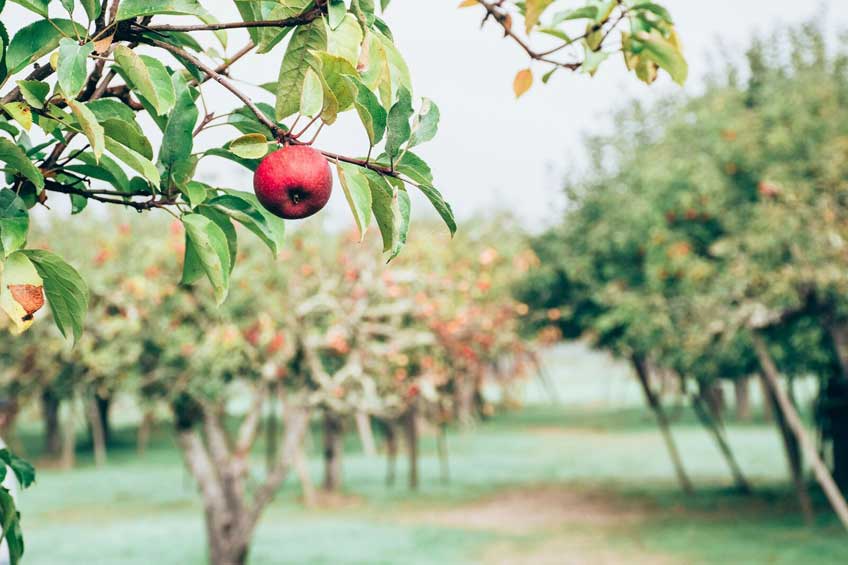
Pests and Disease
Apples are not fuss-free plants and growing them will test your patience. They are prone to canker, mosaic virus, scab and powdery mildew. Some varieties
require a vigilant spraying control program; I have based my selections here on varieties that give the minimum of fuss. Spring will be the most important
time to control pests and disease. Spray with lime sulphur or Bordeaux at pink bud stage (when flower buds begin to open and reveal a pink colour)
and again at 10% blossom stage (when 10% of the flowers have opened). Spraying trees regularly during the fruiting season with a solution of 10% powdered
lime mixed with water prevents fungal diseases such as apple scab. A spray of garlic and seaweed on the apple leaves can also help.
Pruning
An open vase shaped tree is thought to be the best shape to yield the most fruit but espaliered trained fruit trees can also yield a lot of fruit in small
spaces and once trained can have many applications in the home environment (trained on fences, walls, along driveways, along a trellis around a vegetable
garden or in pots). Some dwarf rootstocks have dwarf growth cultivars grafted onto them producing short spurs that do not need pruning. These are perfect
for the home garden.
Tips & Tricks
- Dwarf apples are good in large containers, underplant with mint.
- Espalier apples on a north or west-facing wall
- Columnar varieties can be planted as a row along a driveway; they require less pruning than espalier but offer a similar narrow profile
- If you have only room for one tree, make sure its self-pollinating.
- Spray with lime sulphur at pink bud stage to prevent apple scab.
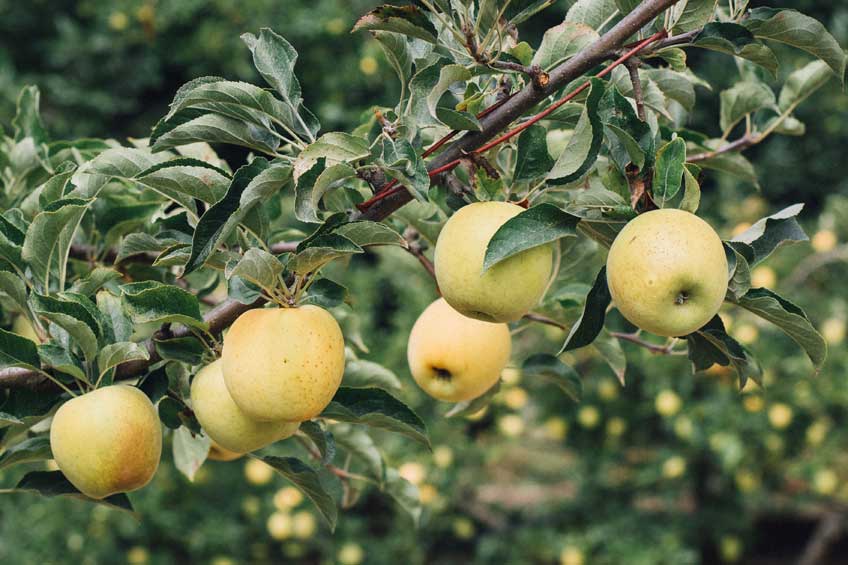
Varieties
Climate is the most important factor when deciding on an apple for your area, as a certain number of cold days are needed for fruit production. Specialist
apple nurseries and your local nursery will be the best bet. The Ballerina dwarf apples (Bolero, Polka, and Waltz) are particularly compact. They only
grow to 4m high and 30cm wide, and have medium-sized fruit, all good for eating fresh. There are varieties on the market that are resistant to black
spot and require little spraying. They are known as ‘Rezista’ Apples. Grafted apples, two or three on the same tree, can save space, add variety and
prolong harvest, as well as solve pollination issues. They look great with lots of different apple colours growing on the one tree. In warm temperate
areas try ‘Granny Smith’ and ‘Pinkabelle’ apple, which is a dwarf grower, good for containers, with a flavour like that of ‘Pink Lady’.
Harvest and storage
Don’t pull the apples from the tree, as you will remove next years fruiting spurs resulting in a smaller crop next year. Instead twist the apple around
and around the stalk. Keep apples in cool cellars, the basement (any area that does not drop below 0 degrees) as soon as the apples have been picked.
Discard damaged fruit.
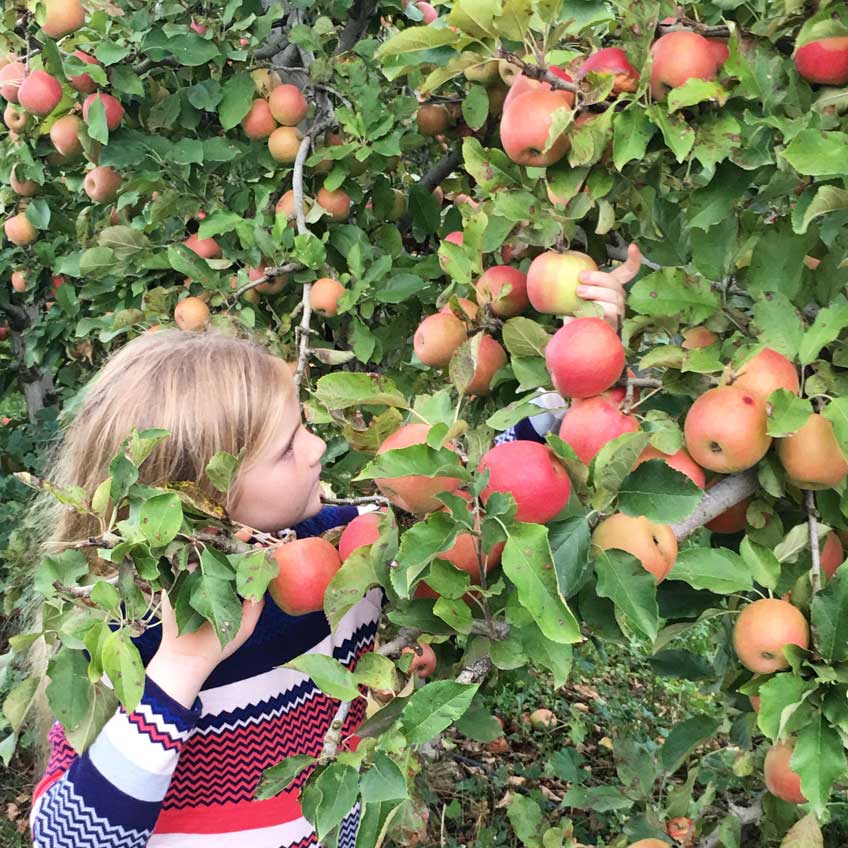
Apple tasting
Seasonal apple tastings takes place through autumn at Rippon Lea National Trust in Victoria; Petty’s orchard in Victoria; Bob Magnus in Woodbridge, Tasmania;
Owen and Noreen Pigeon’s Loriendale Orchard at Hall in the ACT; and Bilpin in the Blue Mountains of NSW.
Read on
We recommend ‘All About Apples’ by Allen Gilbert, an Australian book first published in 2001.
Text: Linda Ross